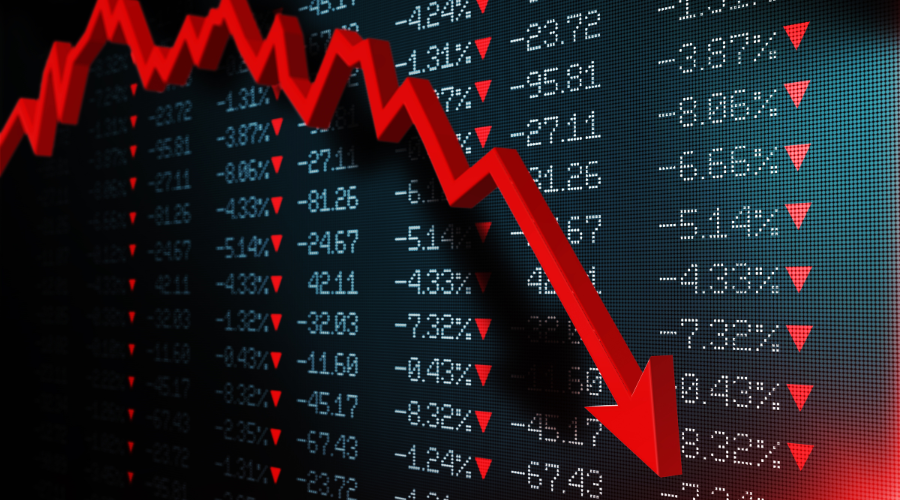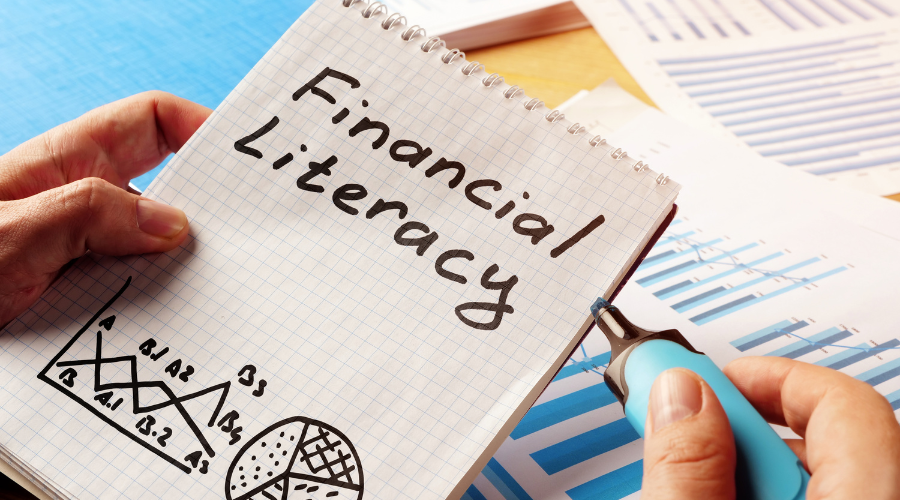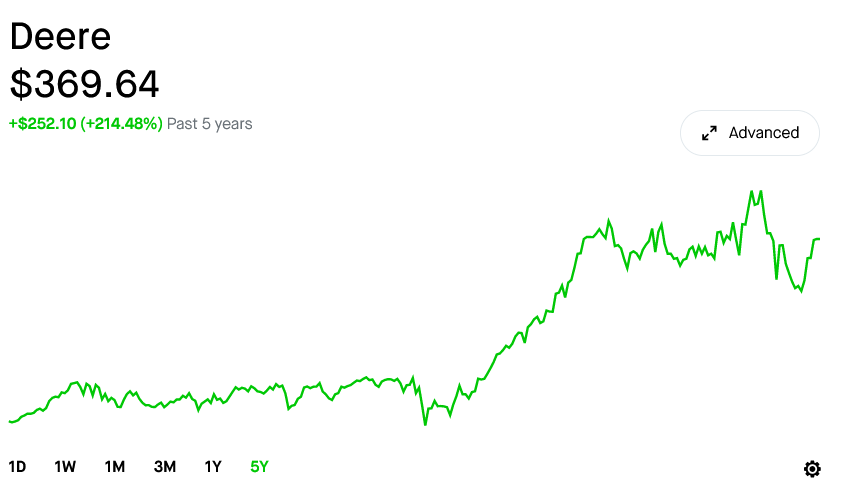
When stocks start crashing, most people sell them and put the money in a savings account. However, you can pick up some excellent Blue Chip stocks with good dividends while they are "on sale." During inflationary periods when the economy is bad is the time to buy those stocks!
As always, never invest what you can't afford to lose. Stocks are fickle, even more so when the economy isn't stable.
How Much to Invest?
Most stock brokers charge a fee for every transaction, which puts many people off. You can trade without fees – for most stocks – on Robinhood. And when you use this referral link, we both get a free stock. That is a free stock that you can let grow without investing a dime.
How much you should invest depends on your income. One of the best ways is to treat your stock account like a savings account: Invest a percentage of each paycheck. The good thing about Robinhood is that you don't have to buy a full share of stock. If you like a stock that costs $200 and has a great dividend but can only afford to put in $20, you can buy $20 worth of that stock, as Robinhood allows partial shares.

How Do I Know Which Stocks to Invest In?
Learning about investing is usually trial and error and a bunch of research. However, if you plan on holding stocks for retirement, invest in stable stocks with good dividends. They don't move a lot – usually. They will go down if the market crashes, but they'll usually go back up.
Before investing, check the dividend if you want to invest in stocks with excellent dividends. They often change based on the company's earnings. Most stock brokerages, including Robinhood, show dividend yield, which is a percentage of the company's income it pays out per year based on the number of stocks you own.
For example, PSEC has a dividend yield of 8.97 percent. The stock pays $0.06 per month. Most dividends pay quarterly, so when checking the dividend yield, you'll also need to check out the payment schedule.
Reinvesting Your Dividends
The best thing to do while your portfolio is small is to reinvest dividends. Robinhood allows you to automatically reinvest dividends on most stocks. Once the system pays out the dividend, it automatically purchases the stock's shares – or partial shares. You can easily build your savings by reinvesting dividends.
Before You Buy
Always check the stock's history before you buy. For example, you can see that Deere (DE) has its ups and downs but has consistently gone up over the past five years.

As you can see, Deere gained 214.48 percent over the past five years. If you had purchased this stock on August 25, 2017, you would have paid about $117.54 per share. At the time of writing, Deere was worth $369.64, for an increase of $252.10 per share.
If you had purchased two shares, your profit would have been $504.20 on the initial two shares. You also have to figure in the shares you purchased through reinvesting and outright purchases. For example, if you bought two shares at the end of January 2021 for about $289 per share, your profit on those two shares would be about $161. Your total profit is the amount of profit from the first two shares plus the profit for the second two shares.
Of course, the numbers are not going to be exact because you will see quarterly dividends from Deere that you also have to figure in. It's enough to know that you would have more than doubled your initial investment had you bought Deere five years ago.
Investing a Little at a Time
You can’t learn unless you research and invest. Sign up for your account today and read through the information Robinhood gives you on investing and how to use the site. Once you fund your bank account, you will receive your free stock. And invest as little or as much as you want. If you can afford $5, invest $5. If you can invest $500, invest $500. It doesn’t matter since you can buy partial shares. Just remember, don’t invest money you can’t afford to lose.







